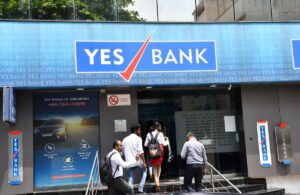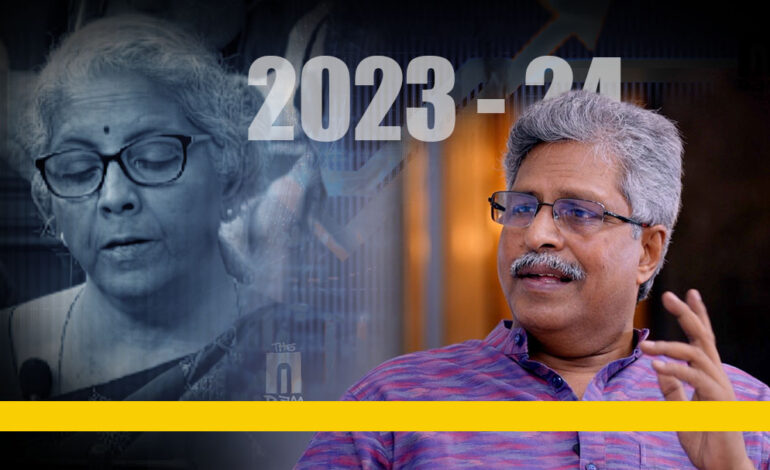
The Hindenburg report and its hurtling impact on Adani’s wealth quickly outshadowed the Bombay High Court’s judgement of January 20, 2023, setting aside the write-down of Additional Tier 1 (AT1) bonds of Yes Bank Ltd for ₹ 8415 crores. This must have cheered the institutional and retail investors in this instrument of not only Yes Bank, but also in the erstwhile Lakshmi Vilas Bank (LVB) which was merged with DBS Bank in December 2020, which also suffered similar write- downs. These capital ranking instruments have been introduced not in India alone. Reserve Bank of India has followed globally accepted Basel norms of Bank for International Settlements (BIS) in which it is a representative from India. These norms are to be followed while permitting banks to raise capital through such instruments. Therefore, has the High Court transgressed into the domain of a global standard setter by quashing the basic features of AT1 bonds? To our relief, a closer reading of the judgement gives “No” as the answer. The absence of specific clause in the Scheme of Reconstruction of Yes Bank that Administrator appointed for reconstruction can write down capital ranking loss absorption risk carrying instruments and consequent overreach of authority by the administrator, (Shri Prashant Kumar, who was appointed by RBI as the CEO to oversee the reconstruction) are the problems highlighted by the judgement of the two judges Acting Chief Justice S.V. Gangapurwala and Justice S.M. Modak. Flowing from this, it is a moot question whether the aggrieved investors in LVBs’ capital ranking bonds will get similar relief, as there appear to be similar procedural inconsistencies.
A quick look at some of the characteristics of capital ranking instruments of banks. The characteristics of these instruments and permitted modes of issuance are delineated in RBI’s Master Circular RBI/2022-23/12 of 1st April 2022 (updated version of their 2015 Master Circular) on Basel 3 Capital Regulations. The AT1 Bonds in question are issued as Perpetual Debt Instruments (PDI). They have no defined maturity period. However, the issuing bank can call back the bonds after a minimum of five years after obtaining RBI’s permission. These bonds carry “loss absorption” features as a going concern concept. Tier 2 bonds carry loss absorption features under “gone concern” concept. Loss risk crystallizes under “gone concern” only when the entity is wound up, as in LVB’s case. When the entity continues to thrive on a reconstruction plan after triggering non-viability concerns as in the case of Yes Bank, loss risk in AT1 instruments crystallize, but the entity continues to exist as a “going concern”. Annexure 4 Para 1.10 carries these features. The higher risk in such instruments carrying loss absorption features is reflected by the higher return (interest rate) they carry vis-à-vis ordinary bonds or fixed deposits. Perhaps, the investors’ avarice has made them overlook these concerns or lower their guard on diligence and prudence.

Annexure 4 Para 1.14 (i) states that the claims of investors in AT1 instruments shall rank superior to the claims of equity investors. As such, should not the equity shares be written down before the investments of AT1 holders are written down? Annexure 16 of the same circular deals exclusively on the loss absorption triggers. Para 2.3 of this Annexure clearly states that the write-down of any Common Equity Tier 1 (CET1) Capital shall not be required before a write-down of any AT1 capital instrument. Therefore, there is no inconsistency in writing down AT1 capital while equity share capital remains on the balance sheet. For clarity, the Basel Committee norms on Bank’s Capital Adequacy, which RBI has prescribed for all banks operating in India, mandates that all banks maintain a minimum capital under three heads, CET1, AT1 and T2 as a percentage of their risk-weighted assets, which together make up 9% as minimum regulatory capital.
| Description | Limit |
| Common Equity Tier 1 | Minimum 5.50% |
| AT1 Capital | Maximum 1.50% |
| Tier 2 Capital | Maximum 2.00% |
A plea from the retail investors to the Court was that these instruments with higher inherent risks were only for institutional investors and not the uninformed ones like them. Annexure 4 Para 1.22 of the circular permits banks to issue such bonds to retail investors. The Court also did not find merit in the argument.
A case of mis-selling was also attempted by the retail investors. Similar lines of defence were taken by many aggrieved constituents when they lost significantly through derivative trades whose cash flows and risk profiles had not been correctly understood by many of them. All cases emanating from derivative disasters, beginning from Orange County abroad to Wockhardt back home, have not succeeded on the grounds of mis-selling or ignorance of the contract.
RBI and Yes Bank have stated that they would go on appeal to the Supreme Court. All parties concerned will watch whether the Supreme Court will revisit the issue of altering the basic characteristics of globally accepted norms on capital ranking instruments or confine its scrutiny to the issue of overreach emanating from a procedural lacuna. If the High Court’s decision is upheld, Yes Bank’s CET1 capital will take a hit by 3% of risk weighted assets while it could be fully offset up to 1.50% under AT1 capital and, if room exists, by another 1.50% under Tier 2 also, as explained in table above. Therefore, there could not be much financial impact on the business model of Yes Bank, which has made a turnaround.











